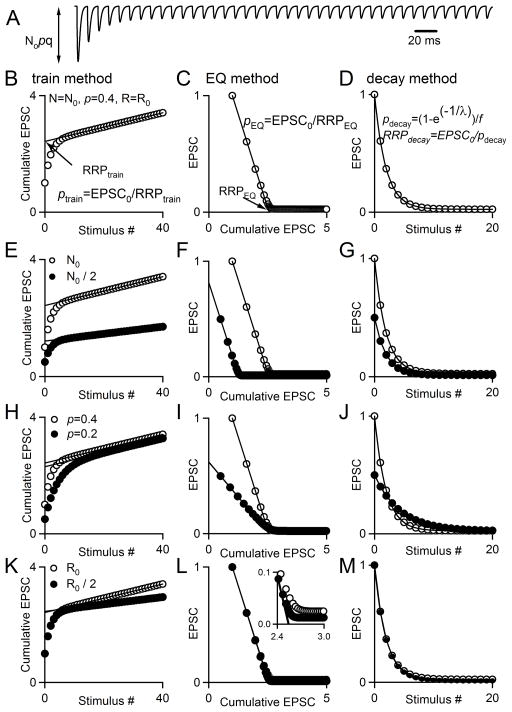Fig. 1. Using synaptic responses evoked by high-frequency stimulus trains to estimate synaptic parameters.
Synaptic responses are described by N0 (the size of the readily releasable pool, RRP), p (the probability of release), R (the rate of replenishment of the RRP from a reserve pool) and q (the size of a quantal response). A. Simulated EPSCs in response to a 100 Hz stimulus train. B, C. Two extrapolation methods commonly used to estimate synaptic parameters are illustrated: one referred to as the train method (B) and the other as the Elmqvist and Quastel (EQ) method (C). D. If depression of synaptic responses is due to RRP depletion, the dependence of the EPSC amplitude on number of stimuli can be used to estimate p. E–G. The effects of halving N0 are shown for the train method (E), EQ method (F), and decay method (G). H–I. The effect of halving p on the plots used for the train method (H), EQ method (I), and decay method (J). K–M. The effect of halving R on the plots used for the train method (K), EQ method (L), and decay method (M).

